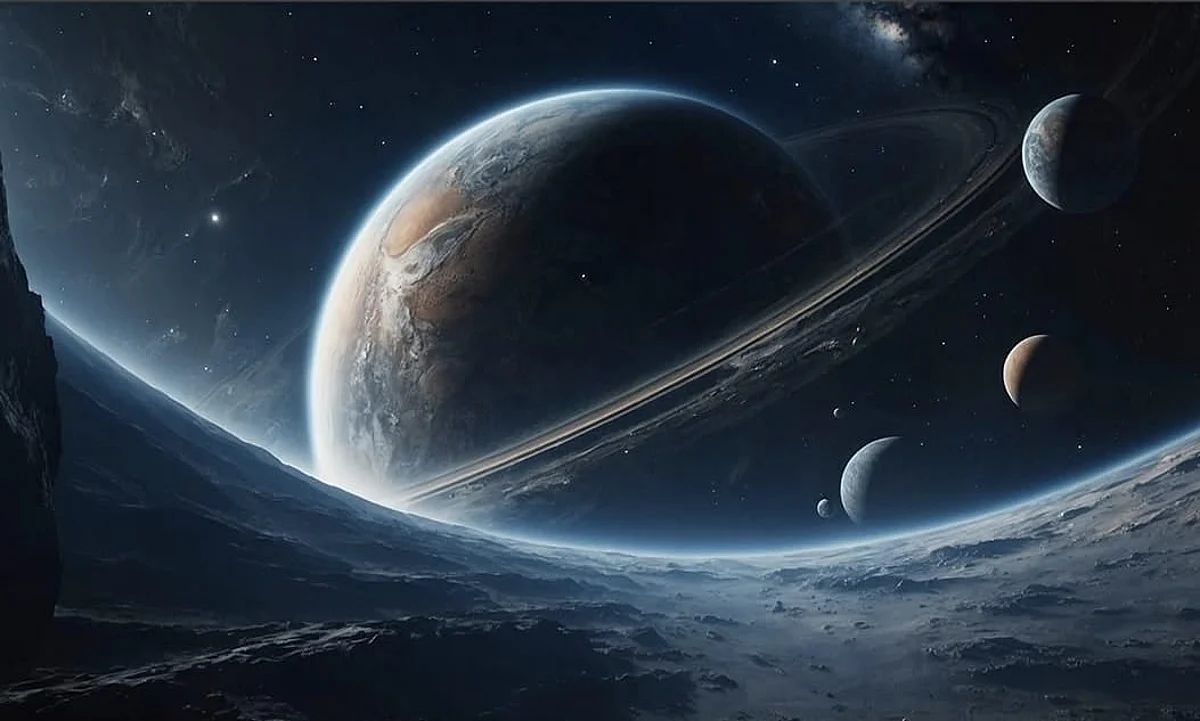A compact system with a habitable promise
This extraordinary planetary system, a mere 35 light-years from Earth, serves as a natural laboratory for scientists eager to unravel the mysteries of planet formation and the essential ingredients for life beyond our solar system. The initial detection of three planets (L 98-59 b, c, and d) was made possible by NASA’s Transiting Exoplanet Survey Satellite (TESS), which meticulously observes subtle dips in a star’s brightness caused by orbiting planets.
Unlocking secrets with NASA’s TESS and JWST
Further in-depth analysis, meticulously combining data from TESS with high-precision observations from powerful ground-based instruments, led to the exciting confirmation of a fourth planet (L 98-59 e) and, most notably, a fifth planet, L 98-59 f. This newly confirmed super-Earth, estimated to be nearly three times the mass of our own planet, receives a similar amount of energy from its host star as Earth does from the Sun, placing it firmly within the zone where liquid water, a cornerstone of life as we know it, could theoretically exist.
The L 98-59 system showcases an astonishing diversity of planetary compositions. From the diminutive L 98-59 b, which is smaller than Earth, to the intriguing possibilities of L 98-59 c and d being tidally heated volcanic worlds or even possessing vast oceans.
